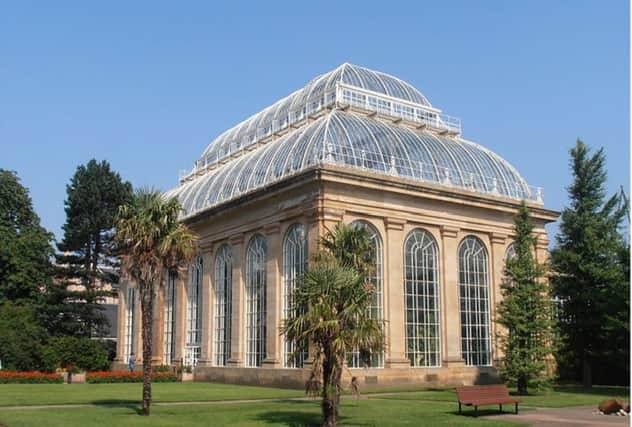Lost Edinburgh: The Physic Garden
This article contains affiliate links. We may earn a small commission on items purchased through this article, but that does not affect our editorial judgement.


Establishment
Edinburgh’s first botanic garden was set up by a pair of physicians, Dr Andrew Balfour and Dr Robert Sibbald, in 1670 on a short strip of land adjacent to Holyrood Palace. Both Balfour and Sibbald were keen botanists who would later attract notoriety for their involvement in founding the Royal College of Physicians in 1681. With the help of their associates, the two men were able to source the necessary funds to build a ‘physic garden’ for the ‘culture and importation of foreign plants’.
The physic garden featured specimens from all over the known world, occupying a space no larger than a tennis court. Although its main purpose was simply to grow plants which possessed valuable medicinal properties, the garden quickly became a popular haunt of the city’s upper classes who enjoyed spending time in such an attractive and serene environment. Edinburgh’s Physic Garden was the first of its kind in Scotland, and only the second to be established in the British Isles after Oxford.
King’s Garden
Advertisement
Hide AdThe physic garden’s proximity to the palace led to it becoming known as the King’s Garden at Holyrood – a Royal status which has persisted to this day.
In 1699, garden supervisor James Sutherland, was appointed the first Regius Keeper of the King’s Garden by William III. The title of Regius Keeper is currently held by Simon Milne, MBE. 55-year-old Milne is the 16th person to have been awarded the position since its inception.
Expansion and move to Leith
The garden was a huge success, and in 1675 Robert Sibbald persuaded the University of Edinburgh to provide funding to expand it and lease more land further west up the valley of the Nor’ Loch. The new garden was situated close to the historic Trinity College Church on land which is now occupied by Waverley station.
The garden moved in 1763, at a time when the city of Edinburgh was becoming increasingly industrialised. Its new home was a green field site along the ancient high road to Leith, where now stands Haddington Place - suitably far away enough from the toxic smog of the city.
Relocation to Inverleith
After more than half a century on Leith Walk, the garden made a final move to its present location at Inverleith in 1820. The transfer of its larger plants to the new garden is said to have been an extremely complex and precarious task. It would take three years for the Royal Botanic Garden at Inverleith to finally open.
The garden’s first glasshouse was constructed in 1834 to allow for the introduction of tropical plants. Its replacement, the stunning 72ft-high Temperate Palm House, has been the tallest glasshouse in Britain since it was built in 1858.
Advertisement
Hide AdThe Edinburgh Royal Botanic Garden has expanded substantially over the years, now covering over 70 acres and featuring in excess of 13,000 plant species. Hundreds of people make a visit to the garden on a daily basis – particularly when the sun makes an appearance.
The continuing legacy of Balfour and Sibbald’s 17th century physic garden looks safe for a good a while yet.
Admission to the Royal Botanic Garden is free, but nominal donations can be made at the entrance.
• Visit Lost Edinburgh on their Facebook page, and follow them on Twitter @lostedinburgh.